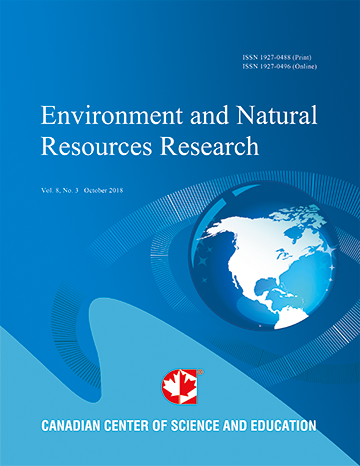Trajectory Modelling of Atmospheric Pollutants Associated with Aircraft Emissions for Air Quality Assessment
- Marilia Oliveira
- Nelson Francisco Favilla Ebecken
- Jorge Luiz Fernandes de Oliveira
- Marina Aires
- Jose Maria de Castro Jr
Abstract
Aviation is suffering a large increase in recent years and as result there is a consequent increase in emissions of air pollutants. The highest exposure levels of air pollution in airports and near them are found in the Landing and Take-off (LTO) cycle responsible for negative impacts on air quality. The city of Rio de Janeiro, in the coastal region of the South East of Brazil, has two major airports; the International airport and one for domestic flights. Both are near the Guanabara Bay (GB), in Metropolitan Region of Rio de Janeiro (MRRJ). In this research, it was verified the pollutant trajectories emitted by these two airports using the Brazilian Regional Atmospheric Modelling System (BRAMS) to generate wind fields in the MRRJ. From the wind fields, 3D kinematic trajectories Lagrangian model was used to calculate the pollutant trajectories. Atmospheric instability indices were tested from the BRAMS simulations to verify the days with more stable atmospheric conditions in winter month. The Total Totals index (TT) was selected to be more appropriate for the purpose of this study. Obtained results showed that the cities of Rio de Janeiro and Duque de Caxias, in the western of the MRRJ, are critical points to be affected continually by pollutant transport due to the prevailing meteorological conditions, harming the air quality in the region. These models captured the influence of mesoscale and large-scale systems, showing the dependence of the trajectories of both systems related to the season and time of day. They are important tools in decision-making for the control of emissions, contributing to better management of urban air quality.
- Full Text:
 PDF
PDF
- DOI:10.5539/enrr.v6n4p104
Journal Metrics
Google-based Impact Factor (2016): 6.22
h-index (November 2017): 12
i10-index (November 2017): 19
h5-index (November 2017): 11
h5-median (November 2017): 12
Index
Contact
- Emily LinEditorial Assistant
- enrr@ccsenet.org
